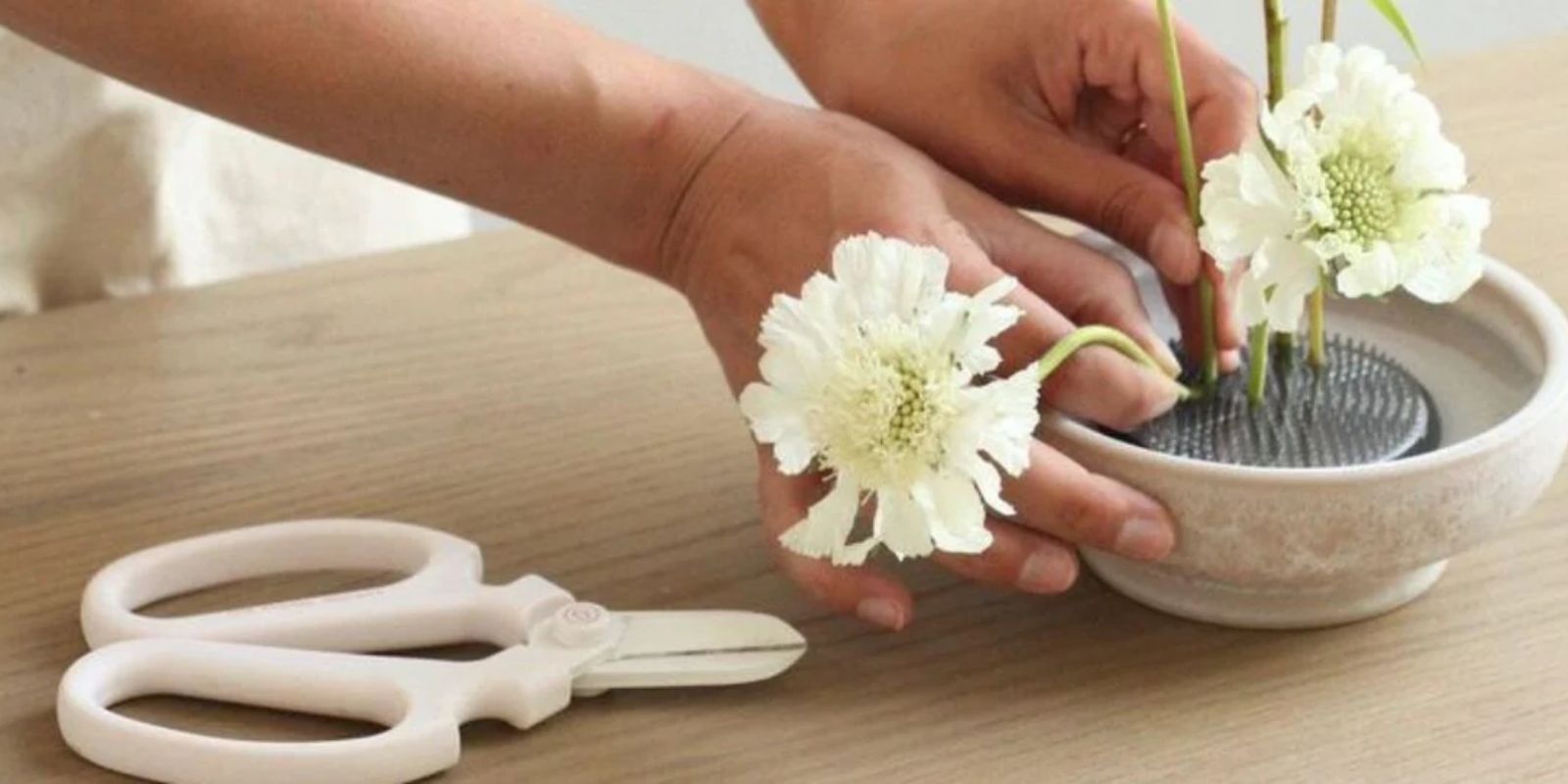Flowers can transform a garden into a vibrant, enchanting space. However, achieving that perfect display of color and fragrance often requires more than just good soil and sunlight. Discover how some hidden ingredients can significantly enhance your flower blooms, leading to a garden that bursts with life and beauty.
Understanding the Basics
Before diving into the specific ingredients, it’s essential to understand why plants need more than just water and sunlight. Flowering plants have particular nutritional needs to thrive and produce the best blooms. These needs go beyond the standard fertilizers and involve incorporating specific elements into your gardening routine.
1. Bone Meal for Strong Blooms
Bone meal is a natural, organic fertilizer made from finely ground animal bones. It is an excellent source of phosphorus, a key nutrient for flowering plants.
- What is Bone Meal? Bone meal is rich in phosphorus, which helps with root development and flowering. It’s also a good source of calcium, which strengthens plant cells.
- How to Use: Sprinkle bone meal around the base of your plants. Apply about 2-4 tablespoons per square foot of soil before planting or around established plants. For best results, mix it into the top layer of soil.
- Why it Works: Phosphorus promotes root growth and energy transfer, which is crucial for the production of vibrant and long-lasting flowers. Calcium strengthens the plant’s cell walls, leading to healthier blooms.
2. Epsom Salt for Richer Colors
Epsom salt, primarily made up of magnesium sulfate, is another powerhouse in flower gardening. Magnesium is vital for photosynthesis and enhances the absorption of other essential nutrients.
- What is Epsom Salt? Epsom salt is a mineral compound that provides magnesium and sulfur, which are critical for plant health.
- How to Use: Dissolve 1-2 tablespoons of Epsom salt in a gallon of water. Apply this mixture to your plants every 4-6 weeks, especially during the growing season. You can also sprinkle it around the base of the plants and water it in.
- Why it Works: Magnesium is a key component of chlorophyll, which helps plants photosynthesize efficiently. This results in greener leaves and more vibrant flower colors. Sulfur is also essential for protein synthesis and enzyme function.
3. Compost for Nutrient-Rich Soil
Compost is a versatile, organic matter that enriches the soil, improving its texture and fertility. It’s made from decomposed plant material and is teeming with beneficial microorganisms.
- What is Compost? Compost is a mix of decomposed organic material such as vegetable scraps, leaves, and manure. It improves soil structure and provides a wide range of nutrients.
- How to Use: Mix 1 part compost with 3 parts soil before planting. For established plants, apply a layer of compost around the base and gently work it into the topsoil.
- Why it Works: Compost enhances soil fertility by providing a balanced mix of nutrients, improves soil structure, and increases water retention. It also introduces beneficial microorganisms that support plant health.
4. Fish Emulsion for Quick Nutrition
Fish emulsion is a liquid fertilizer made from fish byproducts. It provides a quick nutrient boost and is rich in nitrogen, phosphorus, and potassium.
- What is Fish Emulsion? Fish emulsion is a high-nitrogen liquid fertilizer that also contains phosphorus and potassium. It’s a fast-acting fertilizer that promotes growth and blooming.
- How to Use: Dilute the fish emulsion according to the label instructions. Apply it to the soil around your plants every 2-4 weeks. It can be used as a foliar spray or soil drench.
- Why it Works: Fish emulsion provides a rapid nutrient boost, especially useful during the growing season. Nitrogen promotes leafy growth, phosphorus supports blooming, and potassium improves overall plant health.
5. Regular Deadheading for Continuous Blooms
Deadheading is the practice of removing spent flowers to encourage new growth. This simple task can significantly extend the blooming period of your plants.
- What is Deadheading? Deadheading involves cutting off faded or dead flowers to prevent seed production and encourage the plant to produce more blooms.
- How to Do It: Use clean, sharp scissors or pruners to remove spent flowers just above a healthy leaf or bud. For some plants, removing spent blooms regularly will promote continuous flowering.
- Why it Works: Removing dead flowers redirects the plant’s energy from seed production to producing new blooms. This helps maintain a vibrant and colorful garden throughout the growing season.
Conclusion
Enhancing your flower blooms doesn’t have to be complicated or expensive. By incorporating these hidden ingredients into your gardening routine, you can unlock the full potential of your flowers and create a garden that is both stunning and resilient. Start today by experimenting with bone meal, Epsom salt, compost, fish emulsion, and regular deadheading. With these techniques, you’ll enjoy a garden bursting with vibrant colors and beautiful blooms.
Motivational Sentence
Unlock the secrets to a flourishing garden by embracing these powerful ingredients and techniques—transform your blooms and enjoy a garden that captures everyone’s admiration!

